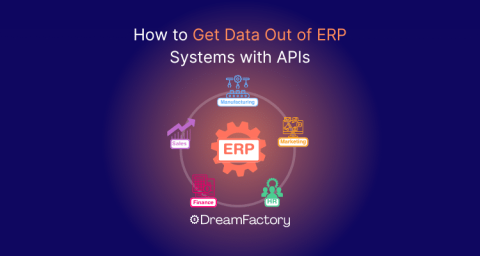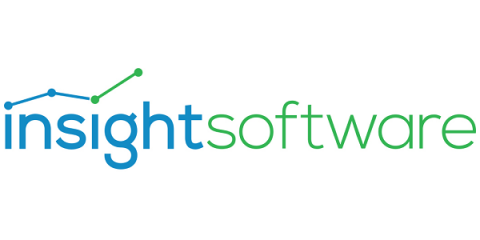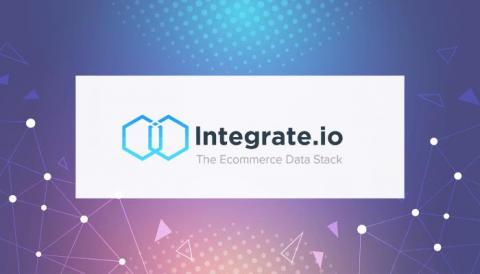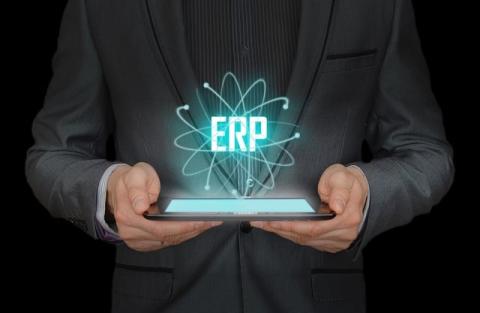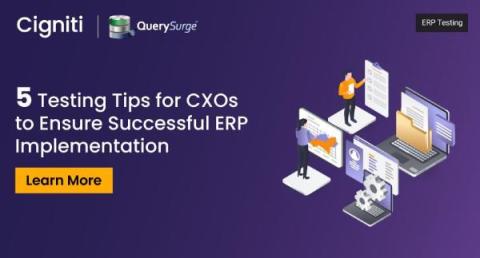Systems | Development | Analytics | API | Testing
ERP
How to Get Data Out of ERP Systems with APIs
At an ERP Crossroads? Let insightsoftware Guide Your Path.
Make Your Cloud ERP Migration a Breeze with insightsoftware
5 Factors to Assess When Choosing an E-Commerce ERP
5 Reasons Manufacturers Should Move ERP Data to Snowflake to Supercharge Analytics
Advanced analytics help manufacturers extract insights from their data and improve operations and decision-making. But for manufacturers, it’s often challenging to perform analytics with ERP data. Because of the high rate of M&A activity in the industry, manufacturing enterprises often struggle with multiple ERP instances. A fragmented resource planning system causes data silos, making enterprise-wide visibility virtually impossible.
Accelerate & Automate Data Movement for SAP ERP into the Snowflake Data Cloud with Fivetran
Spreadsheet Server Overview
Cloud ERP: What is It, Types and Top 5 Benefits
5 Testing Tips for CXOs to Ensure Successful ERP Implementation
Enterprise Resource Planning (ERP) systems have become the backbone of modern businesses, streamlining processes and enhancing efficiency. However, an ERP system’s successful implementation and operation require meticulous testing to ensure it aligns seamlessly with your business needs. This comprehensive guide will explore what ERP is, the types of ERP testing, and its benefits that ensure your ERP system functions flawlessly.



